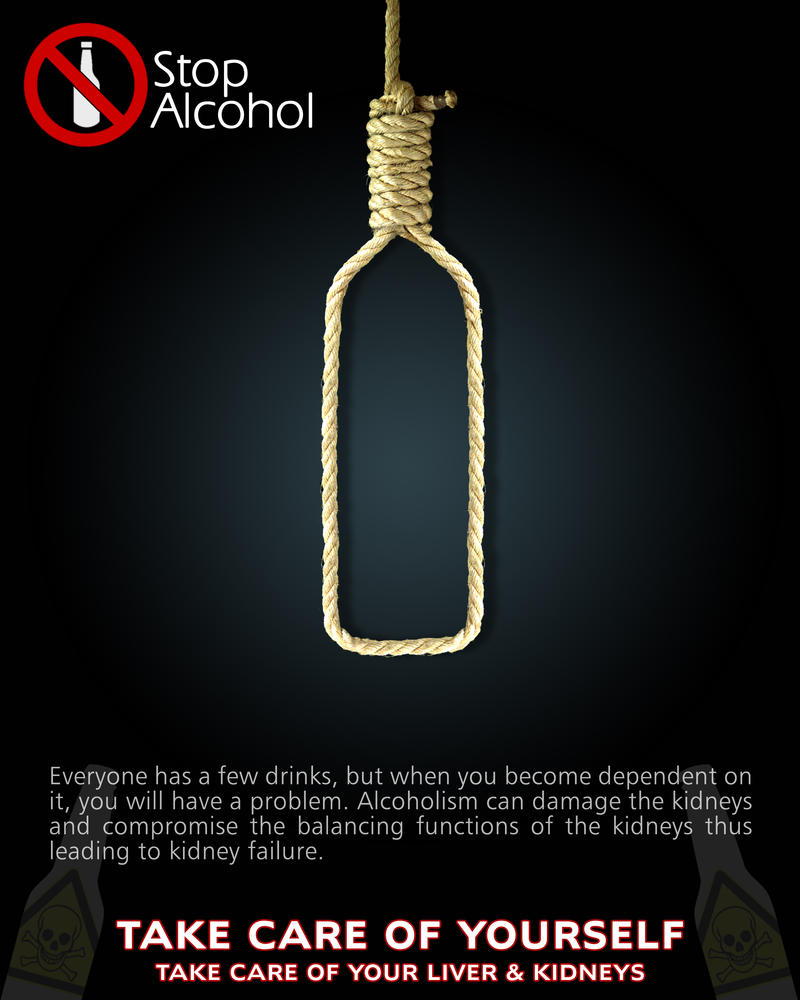Alcohol: Safer Than Illegal Drugs?
It is not the simplest of tasks so that you can differentiate when the drinking pattern changes from moderate and social to kind of a problem drinking. The worst part in regards to the total process is that if you are wanting to find out alcohol on account of some issues that you are facing, it needs to be understood that the situation is grave. Alcoholics slowly start losing their grip of understanding and presence of mind causing them to be vulnerable to the process addiction treatment of abuse leading the alcohol and its effects to gate-crash in the character of the individual concerned. Understanding the concern is a huge step towards solving it plus this scenario, to be able to recognise the fishing line of border between alcohol and also the abuse that is included with it is a major section of concern.
There are many other differences, nevertheless the medical the first is a large one. Alcoholics are born with an inherited gene disorder impacting what sort of body handles alcohol and altering biochemicals in the brain and physical tissues within the body. Alcohol abuse isn't genetic, physiological or biochemical, but psychological. The latter is totally curable; the first sort is a progressive, chronic and fatal primary disease without having cure.
Among the noticeable results of alcoholism would be the lack of stability and muscular harmony. As drinkers consume more etc alcohol, their speech is slurred, their unique actions become clumsy and awkward, and they also lose their particular stability. This is not on account of lead effect of alcohol on your muscles, nonetheless the lead result on brain health as well as urges for the tangent neurological system.
It all starts with the timing. Never confront an alcoholic when they're drinking or wanting to sleep off a huge hangover. They are not in the right state of mind. The chances are they will only confront you with anger and abuse. Anger is representative of a closed mind. If their system is closed, they may not be likely to pay any attention as to what you come up with.

In these studies it absolutely was found out that men often use more heavy intoxicated words for example "hammered" to spell out their state of intoxication between moderate to heavy and they are relatively more forceful of their tone. Women tend to use more moderate words including "tipsy" to describe their a higher level intoxication of four drinks in a very two hour period, which actually meets binge-drinking criteria for females and not men.
Native Americans and Alcoholism
Alcoholism in native Americans has a long history. Its introduction in America led to the degradation of the native culture. Their today's generation is 'sandwiched' between a rich heritage of past and the misery of present. Alcohol is one of the major factors in the downfall of the native American culture. Earlier, it was introduced in America by the European settlers. The natives who were new to alcohol, then got addicted to it and today we can see their 3-4 generations carrying forward the 'tradition' of acquired alcoholism.
Alcohol was mainly used by the Europeans to cheat, exploit, and slaughter the natives for political and monetary gains. Later on, the natives got so used to alcohol that complete recovery from it became almost impossible. The change in lifestyle led to the devastation of their social and cultural values.
As per the 'National Household Survey on Drug Abuse', 80% of adolescents who have used alcohol are native Americans. They have always been a high risk group in terms of drug and alcohol abuse. Studies conducted by the 'Native American Development Corporation' state that major factors which are responsible for abuse in the natives are cultural conflict, low self-esteem, and post-traumatic stress. Their percentage to get addicted is 5 times greater than the white population.

Efforts are being taken in the eradication of this problem in the native Americans. The various models used in the process of treatment are 'Medical Model', 'Assimilative Model', 'Psychosocial Model', 'Syncretic Model', and 'Culture-Sensitive Model'. The Medical model considers alcoholism as a disease and therefore, doesn't go well with many native Americans who do not consider themselves as diseased or sick. However, nowadays it is seen that they are taking collaborative actions along with the federal government in dealing with this problem. As per the records maintained by Indian Health Services, 360 programs are operating in tribal areas for the eradication of the abuse.
Substance Abuse
The problem of alcohol abuse among natives is well-known; however, the percentage of drug abuse too is increasing. The drug which is commonly used by them is methamphetamine. Cocaine and marijuana too are used regularly. Availability of drugs at low costs is one of the factors of rise in substance abuse.

Substance treatment programs that are suitable for the native Americans are recommended. This way, the results obtained by treatment measures are far more fruitful. The psychological aspect should also be considered in the treatment. Most of the natives have turned to alcohol and drug addiction from the trauma of the past. A sense of guilt, shame, and anger has always prevailed in them for a long time. Healing the emotional pain that they have undergone is more important.
The fact that they face health-related, economic, and social problems due to alcoholism, leads to the creation of barrier between them and rest of the world. It is necessary to build a bridge between the rich culture of the American tribes and the modern world.